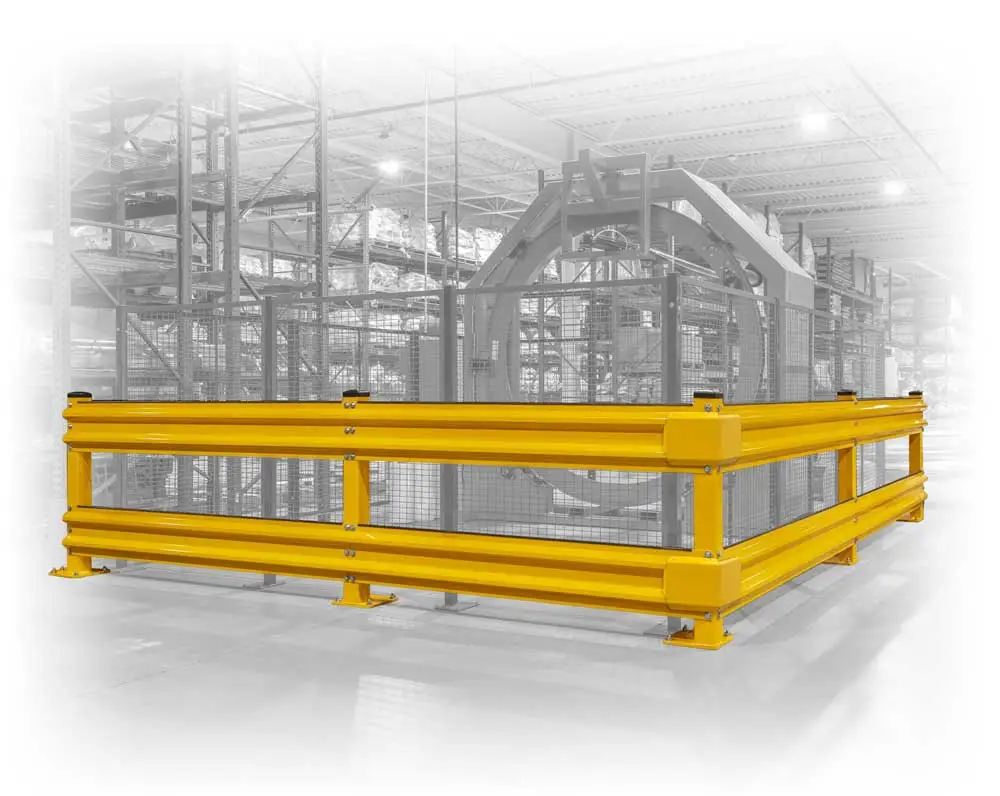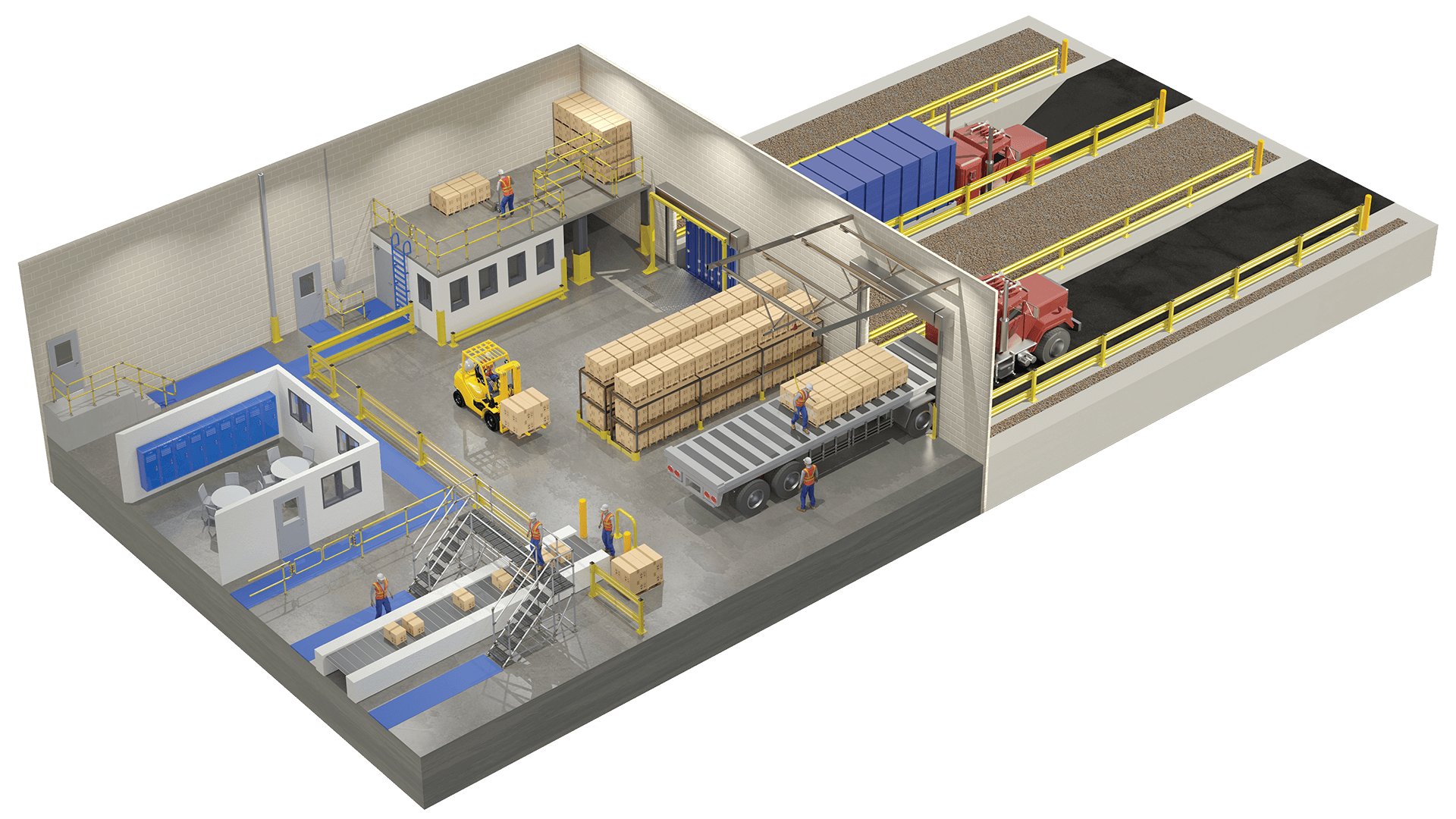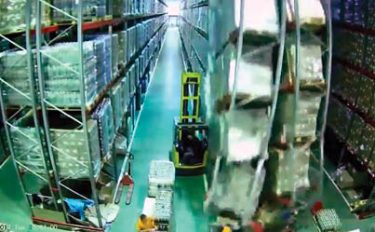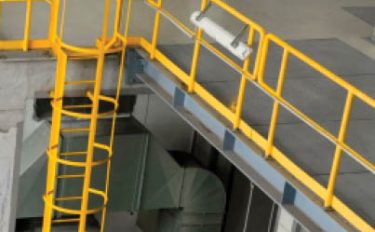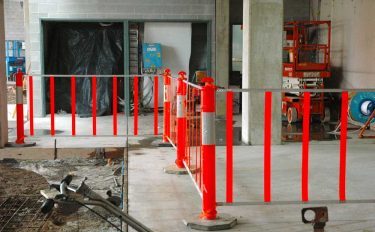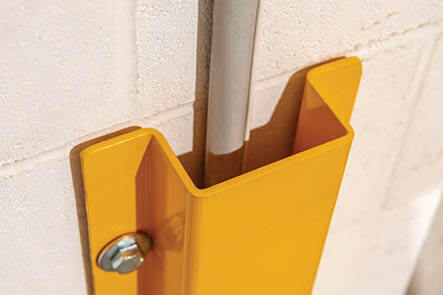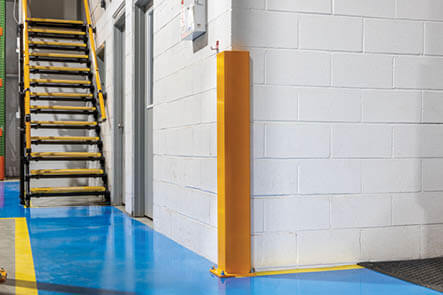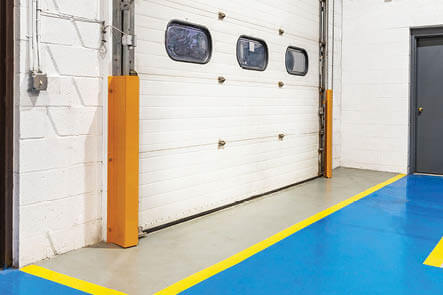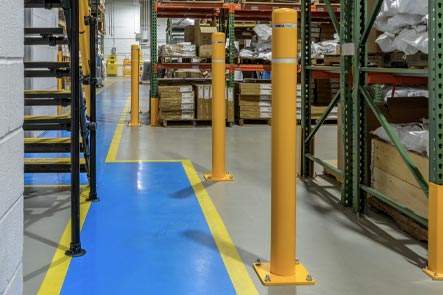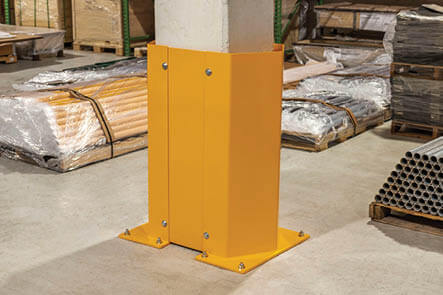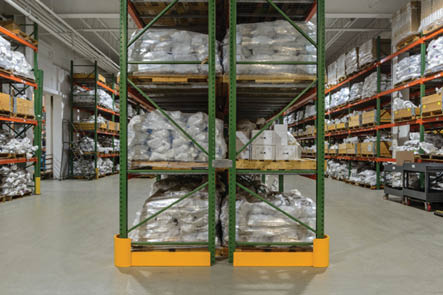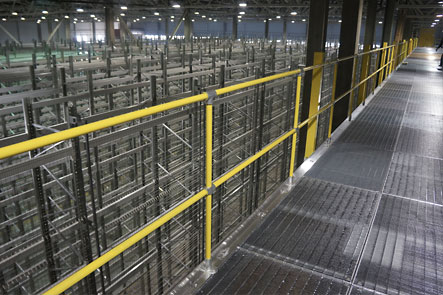In industrial work zones, workers are not the only ones at risk of getting hurt; pedestrians passing through the area are also subject to the inherent dangers of worksites. But why do pedestrians have access to work zones if they are so dangerous? There are several reasons — one of the most important beings that it is actually the law. The Manual on Uniform Traffic Control Devices (MUTCD), published by the Federal Highway Administration under 23 Code of Federal Regulations (CFR), Part 655, Subpart F, states that if a work zone affects pedestrians, then the overseeing company must provide adequate pedestrian access and walkways. The American Disabilities Act of 1990 also requires that pedestrians with mental or physical disabilities have adequate accommodation in work areas that impact their travel.
Another important factor is that work zones are often set up in places where pedestrian traffic is unavoidable, such as sidewalks, building entrances, or bus terminals; preventing access in these circumstances simply isn’t an option. Plus, restricting pedestrian access can seriously affect businesses near the work zone, limiting the number of patrons that can enter a store, restaurant, or office. And depending on the length of the construction, a lost business could result in significant financial setbacks for these companies.
And with the high number of pedestrian deaths that occur every year, implementing efficient pedestrian safety measures is imperative for protecting the public. For example, in 2007 alone, 4,654 pedestrians died in traffic crashes, accounting for 11% of all traffic deaths. And from 2002 to 2006, about 15% of fatalities resulting from crashes in work zones were non-motorists — including pedestrians, workers, and bicyclists.
Key Pedestrian Safety Concerns:
To decrease pedestrian deaths and injuries, consider these key pedestrian safety concerns:
- Safe street crossings and intersections in work zones are a top priority for ensuring the safety of passersby — especially for children, the elderly, and the disabled. Curbs should be accessible for wheelchairs, walkers, and strollers.
- Construction that blocks sidewalks is a major concern; make sure pedestrians have a safe path through the area without putting them in danger of moving traffic.
- Enforcing good motorist behavior is also key. Have personnel on hand to make sure motorists obey all traffic rules and directions in and around work zones.
Key MUTCD Directives
To keep industrial sites safe for both on-foot workers and pedestrians, the U.S. government has introduced several safety standards and guidelines, such as the above-mentioned Manual on Uniform Traffic Control Devices. Below are some key principles from the MUTCD to keep in mind when optimizing the safety of your work areas.
- “Make pedestrian safety an integral and high-priority element in every project, from planning through design and construction.” — Try to minimize any interference with pedestrians’ movement through the areas by maintaining a continuous, accessible route for all passersby at all times. Incorporate pedestrian paths into the planning process to make sure the design avoids as many risks as possible. Use clear, easy-to-understand signs and notices to alert pedestrians to the changing traffic pattern.
- “Guide pedestrians through work sites in a clear, professional, and helpful manner.” — Routinely inspect traffic-control devices to make sure they’re effective. Try to alert pedestrians before construction begins by supplementing onsite information with off-site information, such as online postings, TV and radio announcements, and signs in the community. Use barriers to clearly define travel routes, keep pedestrians out of hazardous areas, and create a stable, reliable barricade.
- “Work with trained personnel who are qualified to make work-zone safety decisions about the selection, placement, and maintenance of traffic-control devices.” — Collaborating with people experienced in designing pedestrian safety zones can help maximize safety and reduce liability. These professionals can help guide you in clearly defining any detoured routes, creating passersby accommodations that comply with the American Disabilities Act of 1990, protecting pedestrians from hazards, and making use of special devices that clearly denote the temporary route and guide people through it. Give pedestrians ample warning by placing signs at intersections with higher visibility rather than mid-block, and work to minimize any additional distance pedestrians must travel due to the reroute.
Learn More
Here at Omega, we’re committed to worker and pedestrian safety on all job sites, and we’re proud to offer a wide selection of industrial guardrails, handrails, and fencing solutions — including our unique Roll-Up-Fence™ (R•U•F™) — all of which are designed to protect workers from injuries and hazardous working conditions. To learn about more strategies for maximizing pedestrian safety, download our comprehensive eBook, “How to Ensure Pedestrian and Worker Foot-Traffic Safety on Job Sites.”


